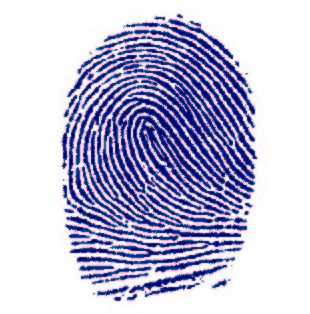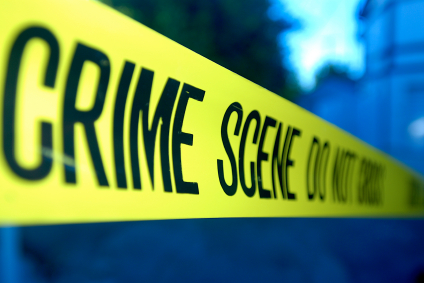Part 1:
Forensic Research. The first third of the program strictly deals with research and learning about the various methods incorporated in forensic analysis. You will effectively build your forensic knowledge base and be able to apply what you learned in hypothetical examples. Not only will you be able to confidently identify the correct process to use for various examples, but you will gain an understanding of why the method is used and the purpose behind it. Areas of learning will include:
- Forensic research and background
- Fingerprinting (and use of forensic equipment)
- Physical observation
- Data collection and analysis
A brief reflection will be required as a means to evaluate your progress.

Part 2:
Crime Scene. Once you have the necessary knowledge in regards to forensics, you will be ready to begin phase 2. In this phase, you will find yourself on a forensics team comprised of your peers and your task is to evaluate a crime scene (complete with witnesses!). You will go through all of the steps of analyzing the scene and collection data utilizing your previously learned methods. Furthermore, you will come up with ways in which to improve or create a piece of forensics equipment (such as a standard magnifying lens for example). The aspects to this phase are outlined below:
- Securing the crime scene
- Applying your knowledge to the circumstances of the crime scene
- Collecting data and making observations
- Improving on a device that could give you more aid
As with the first phase, a reflection will be turned in that details what you have learned and how you are able to apply it to the task at hand.

Part 3:
Solving the mystery. The final phase of the program tasks you will using all of your available resources and knowledge base to solve the mystery and find the truth. First, you will create a list of your observations from the crime scene. This detailed list will also include descriptions of all evidence as well as any possible leads to solve the mystery (for example, evidence with fingerprints on it will imply that the prints are going to be analyzed and matched with a suspect). Then, after gathering all of the information and using forensics equipment, you will have the unique opportunity to interview the witnesses. This process will help you to understand any motives behind the crime using your newfound knowledge in interrogation techniques. Finally, you will apply all of your problem solving skills to interpret your results and find out the truth (and apprehend the suspect!). The major themes of this phase are:
- Use of forensic technology to analyze the data and interpret it (software, fingerprint analysis, microscopes, etc.)
- Interviewing the witnesses (interrogation skills)
- Combination of all data and observations as it applies to the investigation (problem solving techniques)
- Solving the mystery!

The final part of this program has two results: a group will solve the case or will not solve the case. Therefore, the overall result cannot be the solely evaluated and cannot accurately reflect a group’s work or understanding of the material. Different techniques will be applied by the teacher to evaluate each group based on what they have learned, how it was applied, the process in which they gathered information, and other aspects of the program. In this way, a group that does not solve the mystery will not receive a failing grade without taking other aspects of the group into consideration.
This page is maintained by Shannon O'Donnell, Jon Cotugno, Justin Ingerick who is solely responsible for its content. The views represented here should not be taken to be a statement of SJFC. SJFC wishes to allow the campus community the greatest possible freedom to use these resources creatively and responsibly. Accordingly, all faculty and staff members are solely responsible for the content of their web pages. Faculty and staff members are expected to conform to the policy guidelines of SJFC as outlined in Policy to Govern Use of St. John Fisher College's Internet/Intranet by the College's Faculty & Staff. Official College policies and requirements are found in official College publications or on official College web pages.